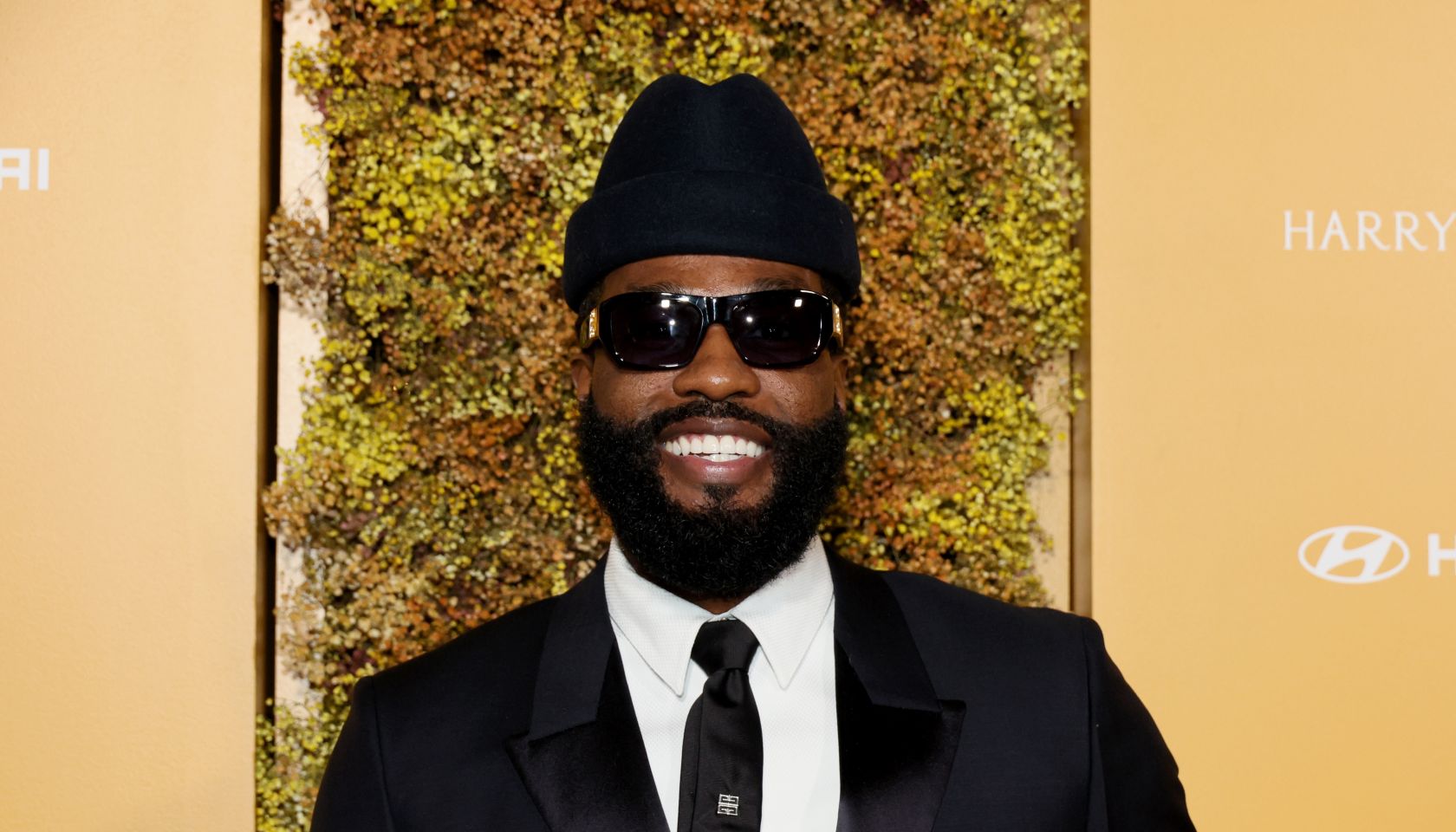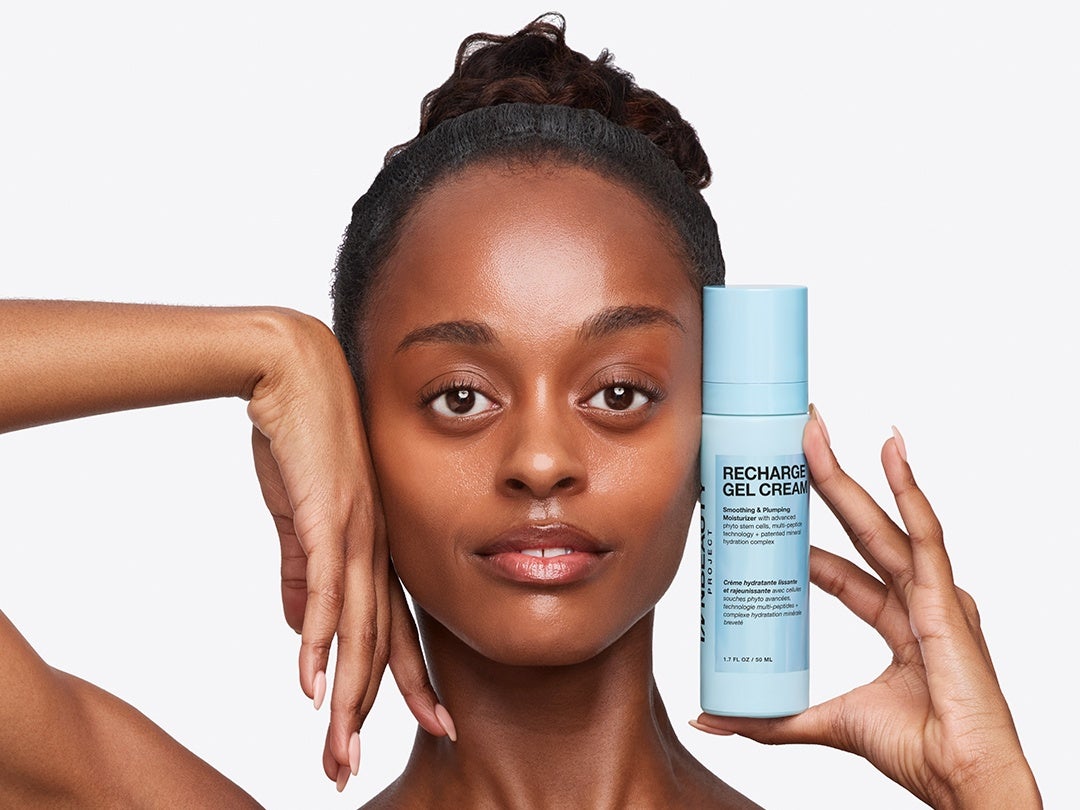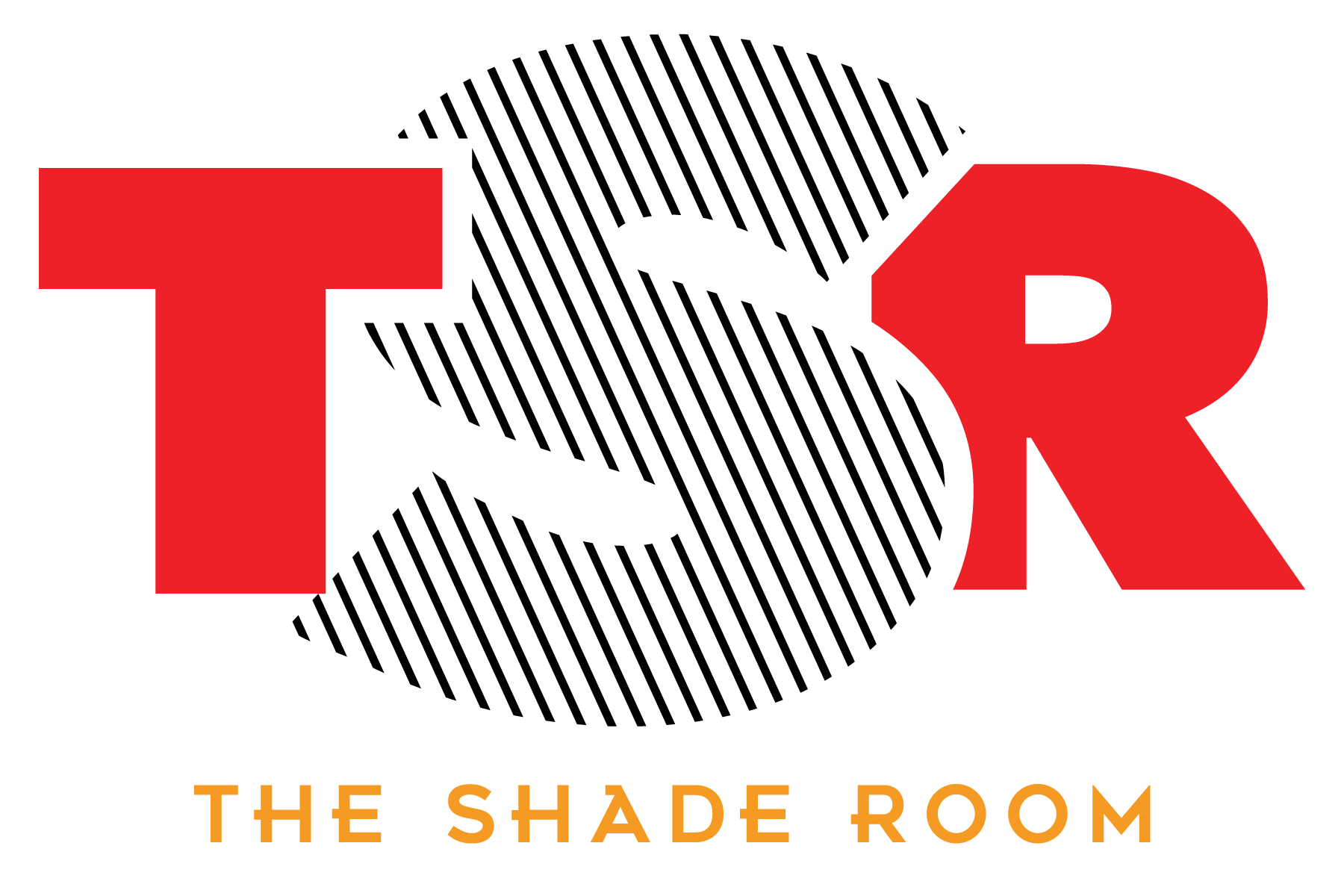It started as a regular Monday morning in November 2018 for 42-year-old Nicholas Powell. Then suddenly, while sitting at his desk, the room started spinning. “When I woke up that morning, I felt a little pain in the back of my neck, but thought nothing of it,” Powell says. By 9:15 a.m., he had his head down at his desk and had soaked through his shirt with perspiration. He worked as a social worker at a clinic, so after having an EKG on site, he was rushed to the emergency room. “I was told I had a TIA. It was a stroke,” he shares.
“A stroke is really a blanket term for any disorder that interrupts blood flow to the brain,” explains W. Christopher Winter M.D., sleep specialist and neurologist. He explains that the mechanisms that cause a stroke may vary. It can be an embolus (a clot, fatty deposit, or air that travels through a blood vessel and eventually interrupts blood flow), a central interruption in vascular blood flow (i.e., someone’s heart is not beating causing a global loss of blood flow to the brain), a hemorrhage (a blood vessel ruptures, i.e., aneurysm rupture, AV malformation), or a dissection (the layers of the blood vessel separate and blood flows between them).
Powell didn’t consider himself at risk for having a stroke. A former Division 1 track and field athlete with a healthy BMI who still exercised regularly, he felt like the stroke came out of left field. He had no history of high blood pressure, high cholesterol, or any other cardiovascular issues. However, Powell received a sleep apnea diagnosis after the incident, which he now knows is a risk factor for a stroke, and admits to being stressed during the period leading up to the medical emergency. “Being a single father, close to the Christmas holidays, at the time I was dealing with additional financial pressure and navigating a particularly challenging personal relationship,” he says.
“A healthy lifestyle reduces stroke risk, but it doesn’t eliminate it. Some strokes result from non-traditional or hidden risk factors, such as congenital heart defects like a patent foramen ovale (PFO)—a hole in the heart that can allow clots to reach the brain,” shares Rachel M. Bond, MD, women’s heart health and prevention specialist, Chair of the Cardiovascular Disease in Women and Children Committee, Association of Black Cardiologists. Bond explains further that others may have genetic predispositions, autoimmune diseases, or inflammatory conditions that increase risk. Additionally, certain life events, like preeclampsia during pregnancy, can significantly raise future stroke risk—even decades later. Conditions like silent high blood pressure, atrial fibrillation, or clotting disorders can also go undetected in people who appear otherwise healthy.
Kenya Robinson had a hemorrhagic stroke at 44 while leading a jazzercise class. “My stroke was triggered by dangerously elevated blood pressure—something I hadn’t been formally diagnosed with, but was being monitored for by my doctor,” she says. Bond explains that people with chronic conditions like hypertension, diabetes, or high cholesterol are more prone to atherosclerotic strokes, caused by narrowed or blocked arteries.
In contrast, those without traditional risk factors might experience strokes due to cardioembolic causes (like a clot from atrial fibrillation or a PFO), arterial dissections, or inflammatory or autoimmune processes. Illicit drug use is another risk factor. The treatment and prevention strategies may differ based on the underlying cause, so identifying the source of what’s putting you at risk is key.
Bond cautions that persons should “understand that stroke risk is not always visible—silent risks can still be serious.” She advises that you should be aware of your family history of stroke or cardiovascular disease, and talk to your doctor about potential risks like irregular heartbeat or blood clotting, especially if you’re on hormone therapy, experience palpitations, unexplained fatigue, or migraines with aura.
Powell and Robinson have been intentional about their health since having a stroke. Robinson monitors her blood pressure regularly, prioritizes rest, and manages stress with intention. “I suffer from post-stroke pain and flare-ups that can be truly debilitating. It’s a constant reminder that I’m still healing, and I don’t have the luxury of ignoring what my body is telling me,” she says.
Powell consciously monitors his blood pressure and reduces his stress levels. “If there’s something where I cannot change what’s going on, if I can’t come up with a solution to change it, then I now have to manage my emotions,” he shares.
Whether you’ve experienced a stroke or not, Bond recommends managing stress and sleep quality, as both have a significant impact on vascular health. “Black individuals are at higher risk of stroke, often at younger ages, and more likely to experience severe outcomes,” she explains. This is due to a combination of factors, including higher rates of hypertension, structural racism, chronic stress, and healthcare disparities. Black people are also more likely to have undiagnosed or undertreated risk factors and to face delays in care.
Stroke prevention starts with awareness, access, and action. No one is immune, even if they feel healthy or lead a fit lifestyle. Understanding your personal risk profile—beyond just appearance or weight—is crucial. And for those in historically marginalized communities, including Black Americans, it’s especially important to find care teams that listen, respect your concerns, and take a comprehensive view of your health. Early detection and culturally competent care can save lives.







